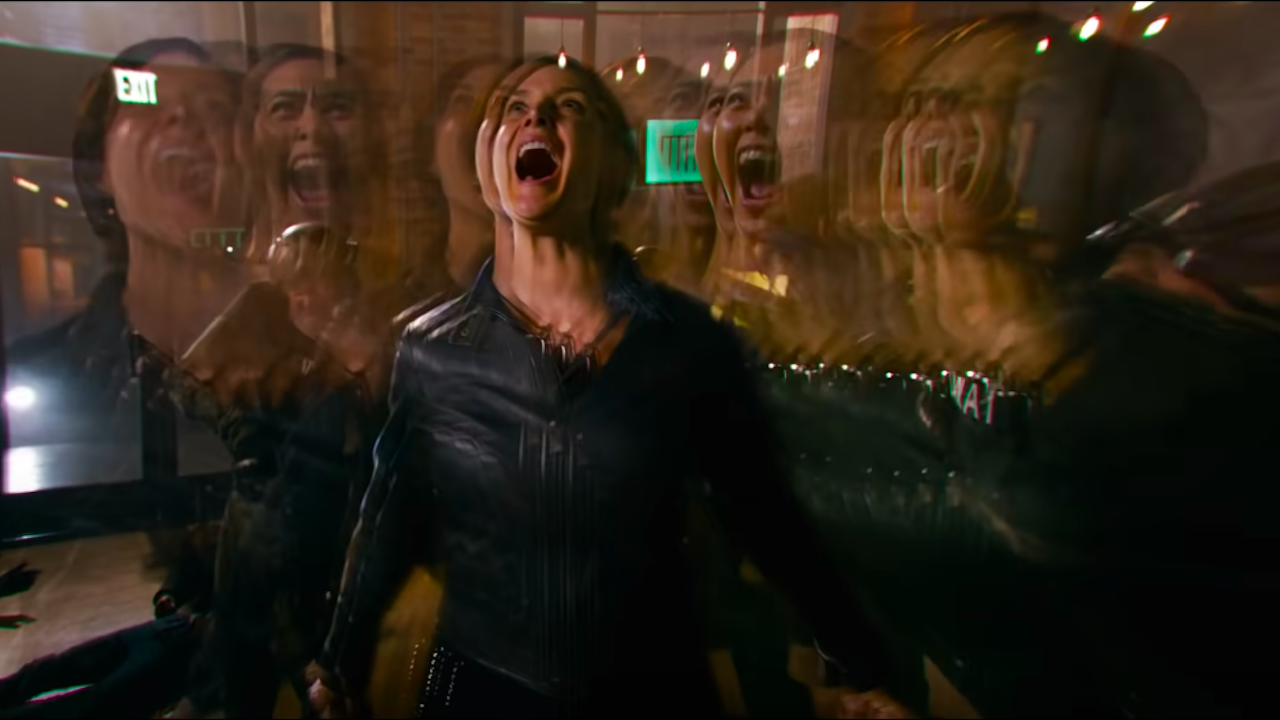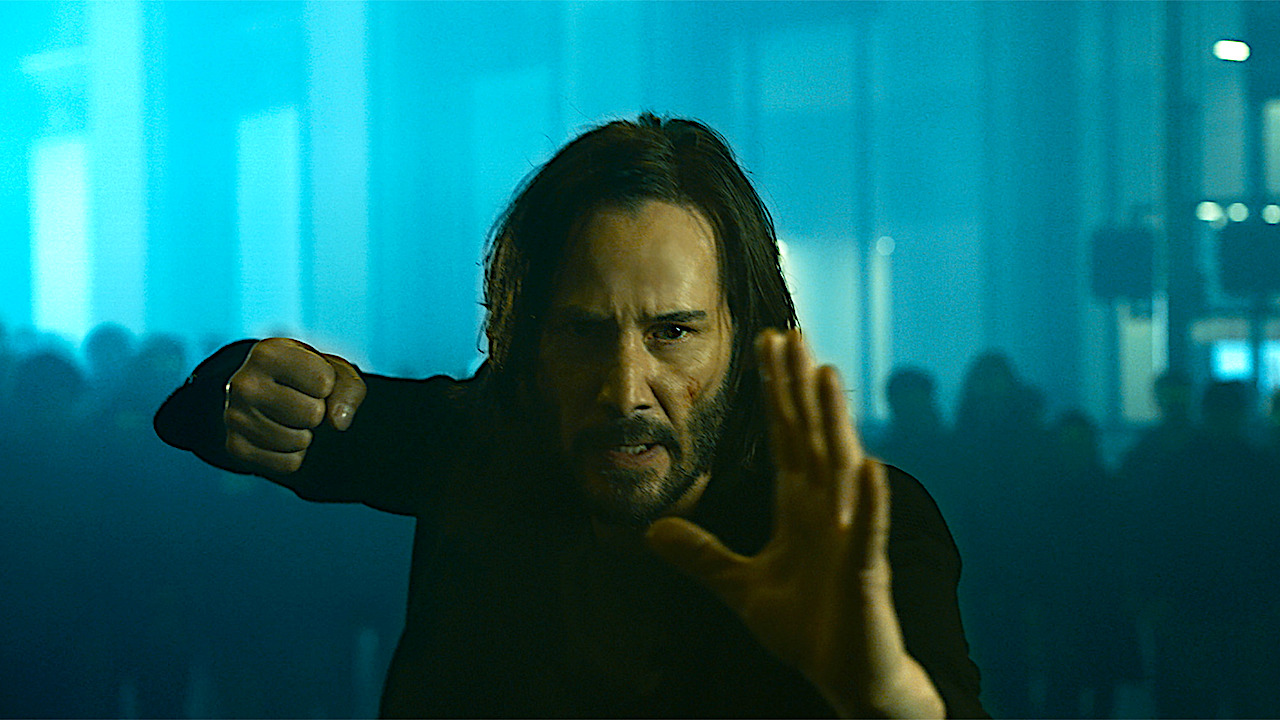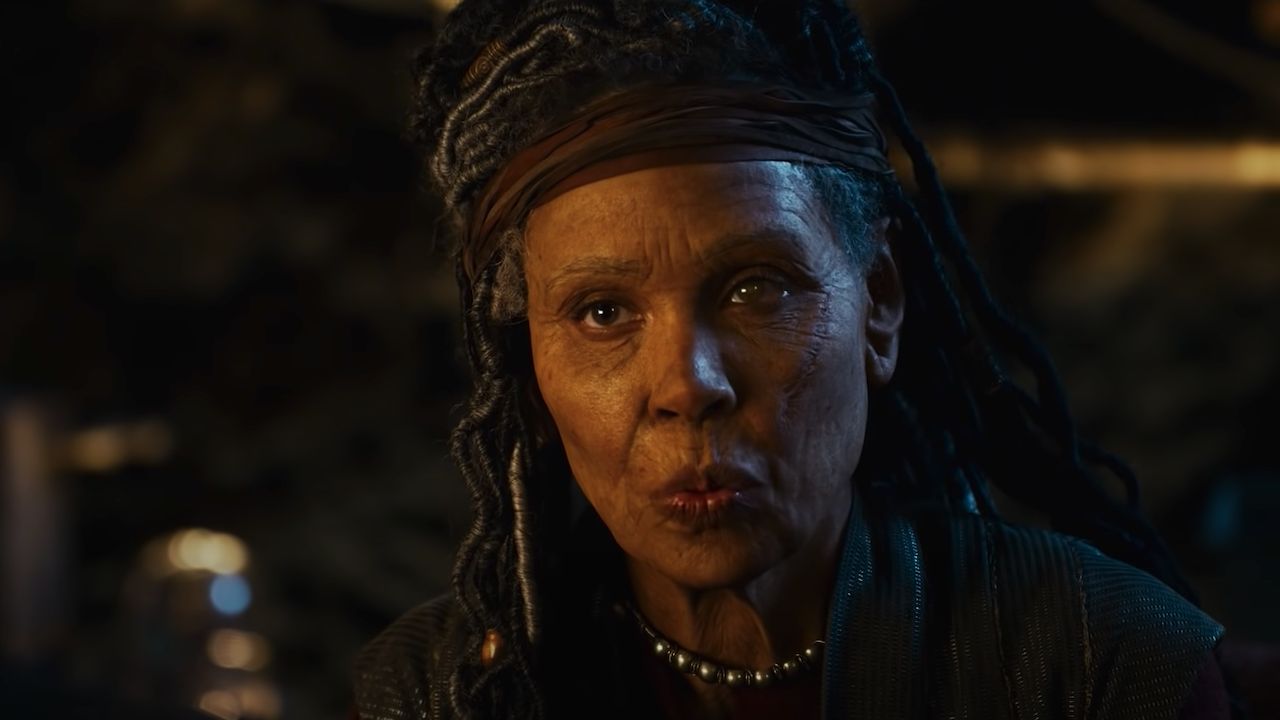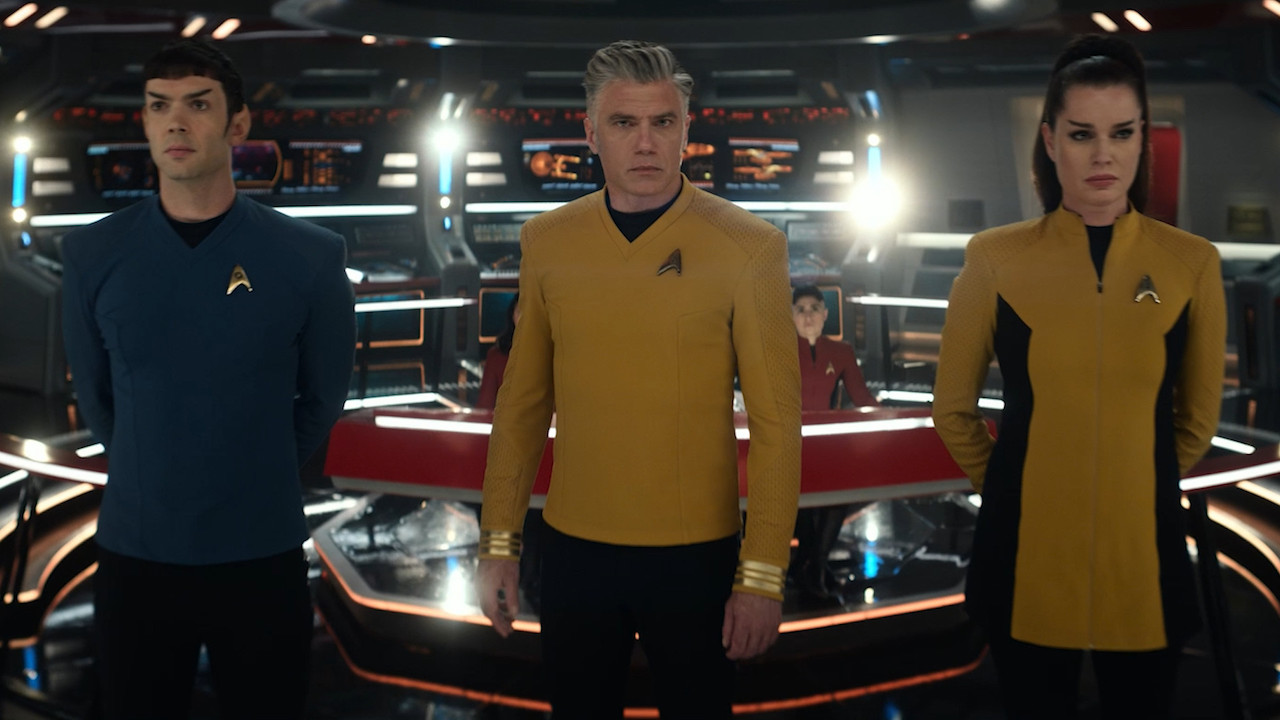The Matrix Resurrections Ending Explained: Solving Lana Wachowski’s Mindbender, And Its Implications
Déjà vu isn't just a cat in The Matrix, it's a way of life.

Warning: deep spoilers for The Matrix Resurrections’ ending are in play. If you haven’t seen the movie yet, you may want to change that before reading ahead.
Almost 20 years since Neo (Keanu Reeves) brokered peace between humans and machines in The Matrix Revolutions, something seems to be stirring in the code of that legendary sci-fi landscape. Lana Wachowski’s return to the groundbreaking series she co-created with sister Lilly came from a very personal place this time around, but that didn’t stop her from creating one hell of a mindbender in The Matrix Resurrections. If you’re still sifting through the pieces like we are, you can read on; so consider this your last warning for spoilers ahead.

What Happened At The End Of The Matrix Resurrections?
Separated through most of the events of The Matrix Resurrections, Neo (Keanu Reeves) and Trinity (Carrie-Anne Moss) are finally reunited. The circumstances are less than ideal though as The Analyst (Neil Patrick Harris) is leaving the fate of The Matrix, and Neo himself, up to a choice that must be made by Trinity. Much like the old “Red Pill/Blue Pill” scenario, Trinity, who’s known as “Tiffany” in The Matrix, has to decide if she wants to leave behind her virtual family, or give up her growing reconnection to Neo.
Trinity chooses Neo, and a huge battle ensues as The Analyst turns every NPC Bot in The Matrix he can control into a “swarm.” Fighting their way to what they think is safety, the two make their way to a rooftop that Trinity saw in her dream. Stating it’s where their story ends, The Matrix Resurrections sees the lovers jumping off the roof, hoping that they can recapture some of that flying magic.
This time, it’s Trinity that learns to fly first, whisking Neo to safety. Surviving an all-out assault, they revisit The Analyst in his home office, where Trinity proceeds to damage and heal the man behind the curtain. One final threat is made: either The Analyst leaves Neo and Trinity to create their version of The Matrix, or else. Flying off into freedom, The Matrix Resurrections ends pretty much the same way The Matrix did back in 1999.

How The Original Matrix Trilogy Ties Into Resurrections
A lot of déjà vu exists in the core story beats to The Matrix Resurrections, though on two different fronts. In the virtual world of the latest Matrix iteration, the exploits of Neo in the previous three movies are merely cutscenes to the groundbreaking video game that Thomas Anderson created 20 years ago. All those adventures, and the people that undertook them, are just fodder for a legendary game series that’s about to be rebooted; just as it was predicted/leaked. Which actually makes it easier to suppress "Thomas" and "Tiffany," as their obvious memories of the past can be written off as memories of "The Trilogy."
Meanwhile, in the actual world, some of those people that lived through the original conflict are still alive. General Niobe (Jada Pinkett Smith) is one of them, and her stories have helped inspire younger fighters like Bugs (Jessica Henwick) to search for the supposedly resurrected Neo. The Analyst took Neo and Trinity’s memories from The Matrix Trilogy, and turned them into fiction in his world; but humanity and machines alike recognize those events as gospel.
Your Daily Blend of Entertainment News

60 Years Later: The History Between The Matrix Revolutions And Resurrections
After Neo and Trinity died in The Matrix Revolutions, humanity and machines were at peace for some time. It wasn’t meant to last, as The Analyst’s first hand witnessing of Neo’s sacrifice in the machine city led him to want to dig deeper into what made the pair work. Resurrecting Neo and Trinity, and plugging them into a structure known as The Anomalium, The Analyst experimented with various iterations where the pair would team up and stay separated, measuring the results.
Presumably acting as “the great power” that was rising in the wake of peace time, The Analyst is an anomaly in a world where humans and machines are quite peaceful. Actual food can be grown, the new city of IO was dedicated to this cooperative relationship, and there’s even some machine friends that are helping along with the quest to free Neo and Trinity. There may still be a war, but it’s not the one that was being fought in Neo’s time, almost a full century prior.

Neo And Trinity: The Pair That Makes The Matrix
Pop culture has always seen Neo and Trinity as one of those one true pairings. Going hand in hand with one another, they’ve always been a vital cog to the machinery of The Matrix series. Resurrections goes one step further, as they are literally built into the core of the operating system for the current Matrix. Without both Neo and Trinity in The Anomalium, a fail-safe protocol is initiated. Should this be triggered, The Matrix reverts to its previous iteration, and resets from square one.
This doesn’t quite happen in The Matrix Resurrections, because The Analyst is specifically keeping the wheels turning, to see where this new twist in the story is going. Leaving Neo with the choice of either returning to The Matrix and saving everyone, Trinity included, or staying freed and letting it all fall, is something that very much lines up with The Analyst’s interests.

The Analyst’s Matrix, Explained
A witness to the heroic battle between Neo and the original Agent Smith (Hugo Weaving), The Analyst is the successor to The Architect (Helmut Bakaitis,) and he’s more interested in emotional puzzles rather than logic based decisions and algorithms. Part of that is due to his programming, but when he started to run the newer iterations of The Matrix, a discovery started to fuel his actions. Apparently, in The Matrix Resurrections’ digital world, the worse people are treated, the more power they generate.
Not only that, but The Analyst toyed even further with that concept, and realized that so long as Neo and Trinity were “close, but not too close,” things could run optimally. Using the twin forces of “fear and desire,” and even employing a new variant of Agent Smith (Jonathan Groff,) The Analyst has a system that supposedly works; so long as Neo and Trinity are never allowed to team up. Theoretically, that shouldn’t be a problem, with Morpheus 2.0 (Yahya Abdul-Mateen II) starting out as an agent program, and other figures like The Oracle and The Merovingian (Lambert Wilson) being exiled upon The Analyst’s purge.

Where Could Sequels To The Matrix Resurrections Be Heading?
There really isn’t a clear idea as to where The Matrix Resurrections could be headed in future installments. While Warner Bros execs are excited about the prospect, sequels were never the intent of Lana Wachowski’s work on this legacy-quel. She admitted as much at the film’s premiere, when speaking with AP Entertainment:
At the San Francisco premiere of #TheMatrixResurrections, co-writer/director Lana Wachowski says the fourth film isn't the start of a new #Matrix trilogy. pic.twitter.com/tpfKv7cfJLDecember 21, 2021
There’s room for new stories to be told in The Matrix universe, as The Analyst would more than likely never stay dormant for long. Plus, as seen in The Matrix Resurrections, Agent Smith 2.0 is now fully aware of who he is, and has already promised Neo that their temporary truce against The Analyst is over. Include the new mystery of who “The Suits” that sit over The Analyst are, and you’ve got some threads that can easily be followed up on.
It comes down to Lana Wachowski’s interest in returning to The Matrix yet again. Resurrecting Neo and Trinity was a decision she made out of grieving over the deaths of her parents and a close friend, instead of a mere storytelling decision. Unless she has an idea that properly builds on the ultimately happy ending she gave her iconic protagonists, expecting a follow up to The Matrix Resurrections kind of misses the point.
As it stands, The Matrix Resurrections is a wild, meta ride that examines human culture in the wake of its mythic predecessor, and uses it to tunnel further into the rabbit hole. It’s also a love story where Neo and Trinity can finally live happily ever after, equally bad ass. Short of building on that ending, you might not be able to convince Keanu Reeves and Carrie-Anne Moss to come back.
Whatever the future holds, The Matrix Resurrections finally exists in the open world. New fan theories, fiction inspired by these latest twists, and a whole bunch of YouTube binges of Enter The Matrix and The Matrix Online footage await those who undertake them. But if you haven’t seen the movie yet, or want to relive what you’ve just seen at home, you can catch The Matrix Resurrections in theaters, and on HBO Max until January 21, 2022. Last, but not least, don’t forget to check out the list of 2021 new movie releases, in case you need a refresher about what movies are currently occupying theaters.

Mike Reyes is the Senior Movie Contributor at CinemaBlend, though that title’s more of a guideline really. Passionate about entertainment since grade school, the movies have always held a special place in his life, which explains his current occupation. Mike graduated from Drew University with a Bachelor’s Degree in Political Science, but swore off of running for public office a long time ago. Mike's expertise ranges from James Bond to everything Alita, making for a brilliantly eclectic resume. He fights for the user.
